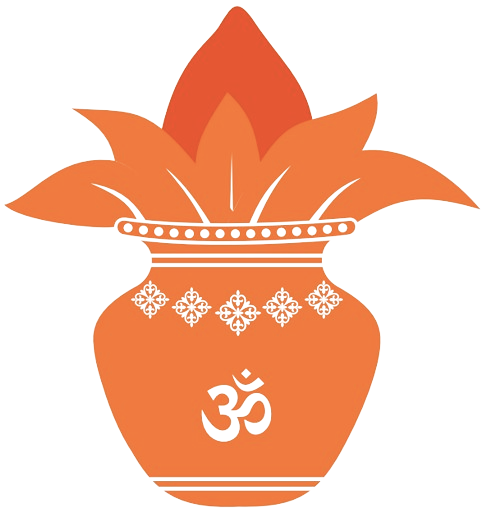
Kedarnath Temple
Description
Kedarnath Temple (lit. 'temple of the God of the field') is a Hindu temple, one of the twelve jyotirlinga of Shiva. The temple is located on the Garhwal Himalayan range near the Mandakini river, in the state of Uttarakhand, India. Due to extreme weather conditions, the temple is open to the general public only between the months of April (Akshaya Tritiya) and November (Kartik Purnima, the autumn full moon). During the winters, the vigraha (deity) of the temple is carried down to Ukhimath to be worshipped for the next six months. Kedarnath is seen as a homogeneous form of Shiva, the 'Lord of Kedarkhand', the historical name of the region. The temple is not directly accessible by road and has to be reached by a 22 kilometres (14 mi) uphill trek from Gaurikund. Pony, mule and manchan service is available to reach the temple. According to Hindu legends, the temple was initially built by the Pandavas, and is one of the twelve Jyotirlingas, the holiest Hindu shrines of Shiva. The Pandavas were supposed to have pleased Shiva by doing penance in Kedarnath. The temple is one of the four major sites in India's Chota Char Dham pilgrimage of Northern Himalayas and is the first of the Panch Kedar pilgrimage sites. This temple is the highest among the 12 Jyotirlingas. It is one of the 275 paadal petra sthalams expounded in the Tevaram, a sacred Tamil Shaivite text written during the 6th and 7th centuries by 63 saints called Nayanars. This temple is sung of by Thirugnanasambandar, Appar, Sundarar and Sekkizhar in their Tevaram texts.
Tales
It is said that the Pandavas sought Lord Shiva to relieve themselves from the guilt of killing their blood relatives. However, Shiva didn't want to release them from their sins, so he disguised himself as a bull to roam the Garhwal Himalayas. On being found by the Pandavas, Shiva dove underground. Bhim could only manage to get hold of his hump. Other body parts of Shiva in the form of a bull showed up at different places. The hump of the bull was found in Kedarnath, the navel emerged in Madhya-Maheshwar, two forelegs appeared in Tunganath, the face in Rudranath, and the hair in Kalpeshwar. These are collectively called the Panch Kedar - the five sacred places. Legend has it that the original Pandavas built the temple of Kedarnath and the present temple was established by Adi Shankaracharya, who restored the glory of the shrine in the 8th century A.D.
History
The temple is said to be more than 1,200 years old and one among the 12 jyotirlingas in India. The majestic Kedarnath peak (6,940 metres) stands behind the temple along with other peaks and adds to the scenery of the area. Built from large, heavy and evenly cut grey slabs of stones, the structure is a masterpiece. The conical Shiva lingam is worshipped as the Lord in his Sadashiva form. It adds a unique feature to the temple among all Shiva shrines. The Garbha Griha is for worship and a Mandap is for assemblies of pilgrims and visitors. The Kedarnath temple closes on the first day of Kartik (October-November) and reopens in Vaishakh (April-May) every year. Around this time of the year, the air appears to echo with the name of Lord Shiva amid snowclad peaks, meadows and forests of the lower range of the Himalayas. The temple is built on the banks of Mandakini and the Saraswati rivers.
Features
Deities:
Timings:
All Week: 4 am–9 pm
Built:
8th Century
E - Puja
Get Pujas performed in your name
Pratishthan
Get Puja items, Prasadam, products delivered from auspicious temples around India to your doorstep.
Live Darshan
Explore on demand Darshan streaming
Explore on demand Darshan streaming





.jpg)
